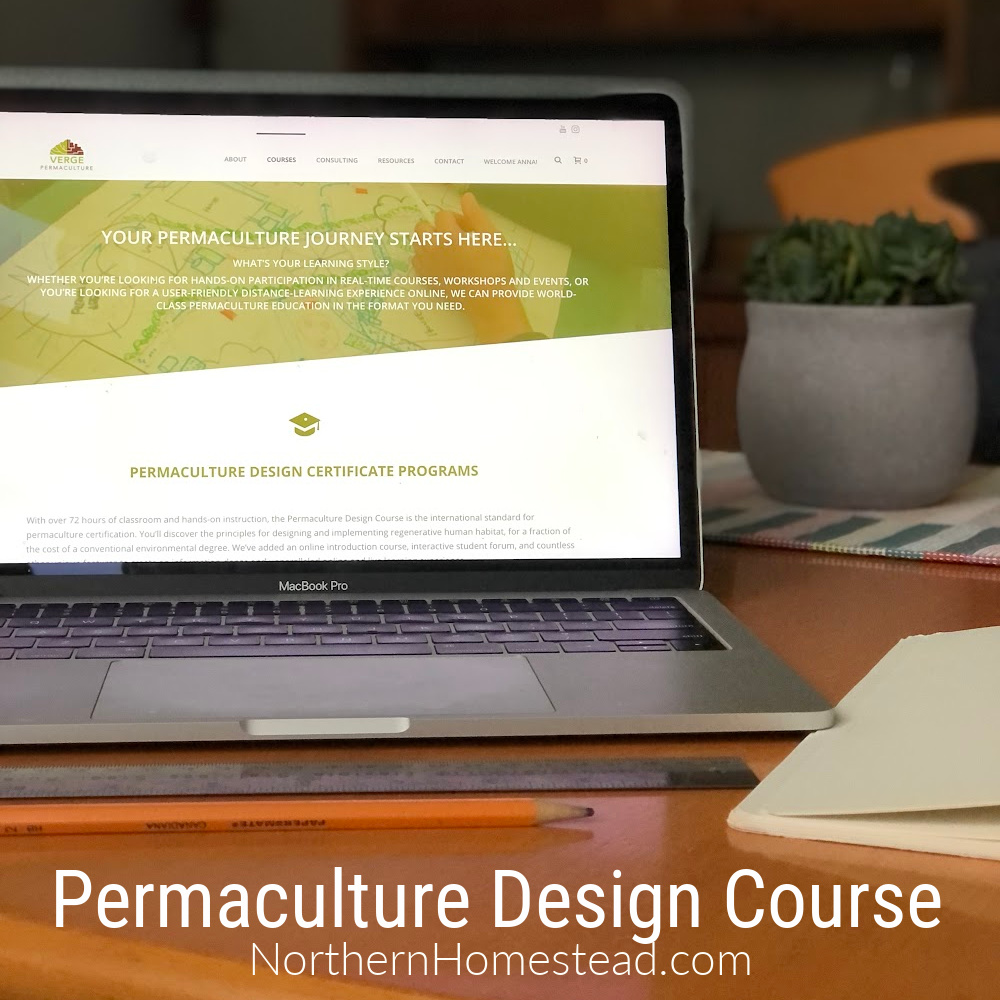
The Permaculture Design Course is a certification recognized worldwide for its excellence in permaculture education. I chose to enroll in the Verge permaculture online course, which allowed me to attend classes from the comfort of my home. This was an ideal option for me as a person who values convenience. Upon completion of the course, I received a permaculture design certificate.
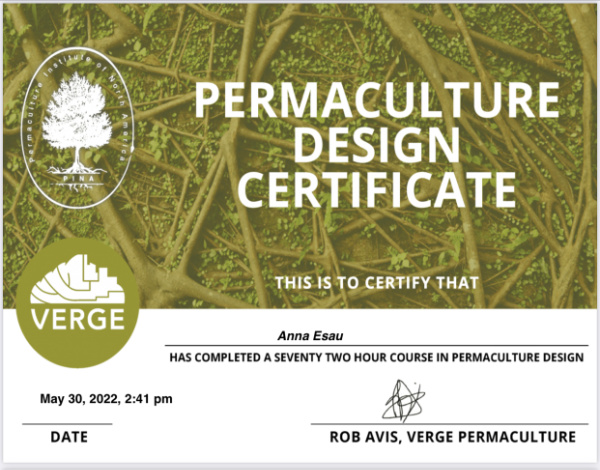
What is permaculture, you might ask?
Permaculture is a set of design principles centered on a holistic system of thinking. To say it with the words of Geoff Lawton, one of the most prominent permaculture teachers:
Permaculture is the science of design anchored in ethics, where we connect all the disciplines together to provide all the needs for humanity in a way that’s beneficial to live on earth in all its forms. So it actually improves the environment, it strengthens the environment, it gives the environment integrity. They can all be designed to be beneficial in ways that are beyond even the function of nature, because of our ability to apply human intelligence in a harmonic way. Using the lessons of nature, we can actually improve on nature itself. That is something that most people have no idea about, but once they’re switched on to it, it becomes a terminal activity for life. You can’t give it up, you can’t let it go, it’s addictive.
This quote is taken from a video, What is Permaculture? It is worth watching for its videography, even if you are not interested in permaculture.
Why a permaculture design course?
Since we are already growing a quite successful garden, greenhouse, and indoor garden, collect rainwater for gardening, and preserve a big portion of our food for winter, you might be wondering why I would need a permaculture design course.
Specialists admit that they never know everything about permaculture, and the more principles they apply, the more they realize how much more is possible. The learning always continues.
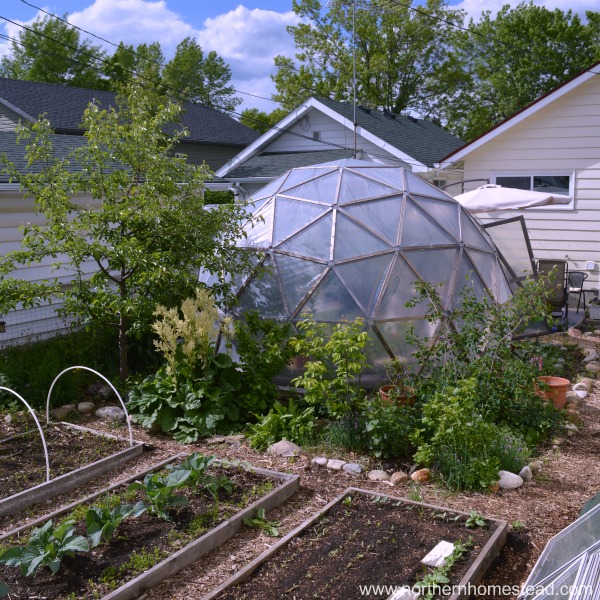
Growing up on a homestead, I don’t remember when I started with gardening. One of my first jobs as a kid was tending to the raspberry patch in spring and then gathering potatoes after my parents dug them out in fall. I was learning by example and simple instructions. I share more about my parents’ homestead here.
I learned about gardening in a cold climate by practicing it myself and also watching videos on YouTube. This experience sparked a desire in me to share what I had learned with others. As a result, I started to think more deeply about the subject, which led to more intense learning. My blog, NorthernHomestead, has always been about inspiring people rather than presenting myself as a know-it-all.
Learning by example and experience is very valuable. I would not want to miss out on it; on the contrary, it makes me eager to learn more.
With a permaculture design certificate, I am able to design a place using scientific methods instead of relying on trial and error. By understanding the ecosystem as a system, we can optimize its productivity. I am excited about designing a garden, food forest, and homestead that require less work and produce more. Additionally, I take pleasure in helping others. As our homestead is becoming more public through our blog and videos, I want to provide reliable and useful information to fellow food growers.
What permaculture design course to take
As most things are available online nowadays, the location of the teacher conducting a course doesn’t really matter. Numerous permaculture design courses can be found online. However, as we currently reside in an extremely cold climate, I decided to take a course that is very close to my home.
Verge permaculture is located in central Alberta, and many instructors come from places around us. We have been touring their gardens and farm. The cofounder, Rob, did some videos in a case study on our Geodesic Dome Greenhouse. There is some acquaintance already there.
Cold climate permaculture adheres to the same principles as any permaculture, working with nature instead of against it. Our gardening experiences have confirmed that this is the best approach, indicating that many more possibilities exist.
I am excited for the next chapter of personal growth and eager to apply and share what I have learned.
Books on permaculture: A Practical Guide to Small-Scale, Integrative Farming, and Gardening by Sepp Holzer’s; A Guide to Home-Scale Permaculture by Gaia’s Garden.
We invite you to subscribe to our newsletter and follow us on Instagram, Facebook, or Pinterest so you do not miss a thing.
More permaculture posts you might enjoy
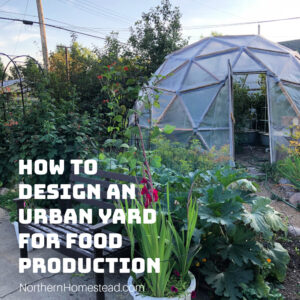
How to design an urban yard for food production
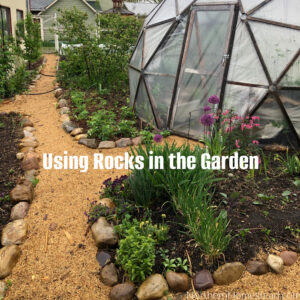
Using rocks to build raised beds and borders in the garden

Ten Years Yard-to-Garden Initiative Update

A Country Garden Cabin
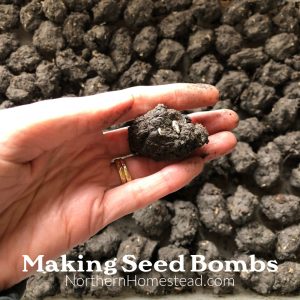
Making and planting seed bombs
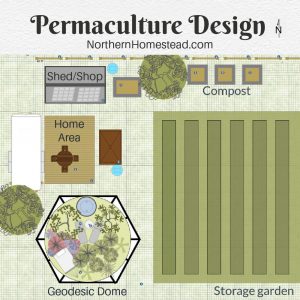
Permaculture Design Project
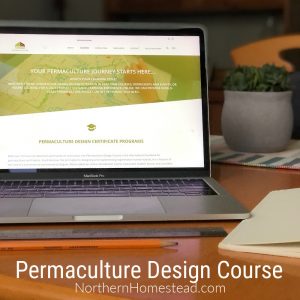
Permaculture Design Course
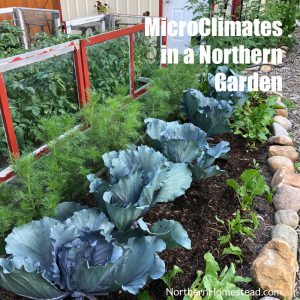


How exciting for you Anna! I embraced many of the permaculture principles when designing my garden years ago. No regrets at all! I’m reading Joel Salatin’s “Folks, this ain’t normal” book. Keep an eye out for it, a wonderful read! Cheers!
Thank you, Sheri. I’m very much looking forward to learning.
Hello Sheri. Yes, Joel’s books are wonderful. I just finished Folks, This Ain’t Normal!, and just started his new one, Polyface Micro. We were able to get several copies ordered for a number of our customers, so I got myself one.
Sounds very interesting. Sorry, I missed a link to the course? Did you present it here?
Maybe I’m interested in an course too. But these one should be more focus on Zone 7. Can you give me some advise?
Thanks, stay healthy, care and safe, Greetings from Baden-Baden
Ursula, it’s https://vergepermaculture.ca/. You probably want a permaculture course in Europe, maybe even in Germany so it is in your language. A simple google search showed me this site: https://www.permakultur.de/ It might be a place to start.
Glad to see
You’re taking the PDC with Rob Avis.
We have known Rob and Michelle for a while, but I still was not convinced to take the course. So glad I’m finally doing it. And I’m loving it.